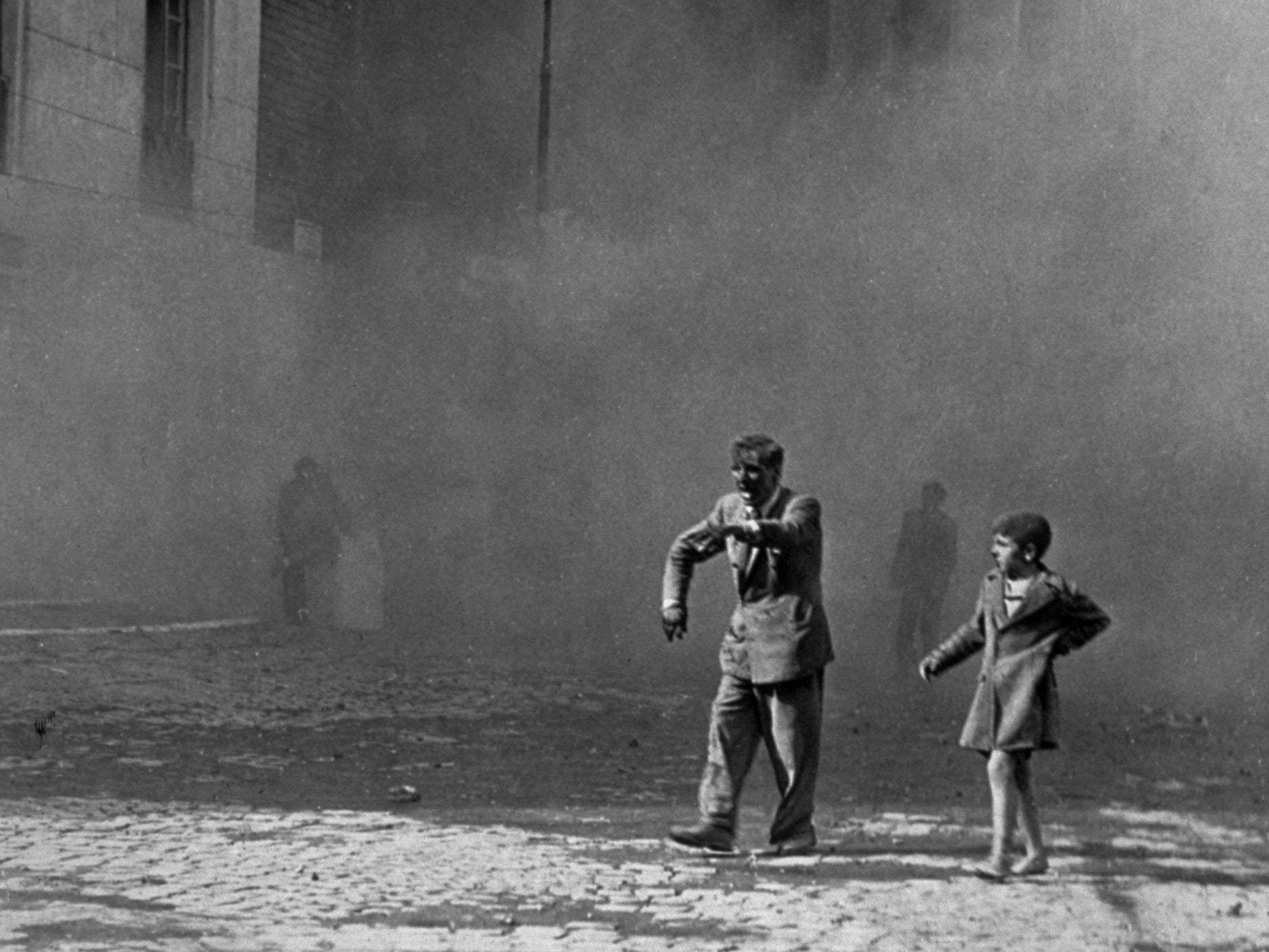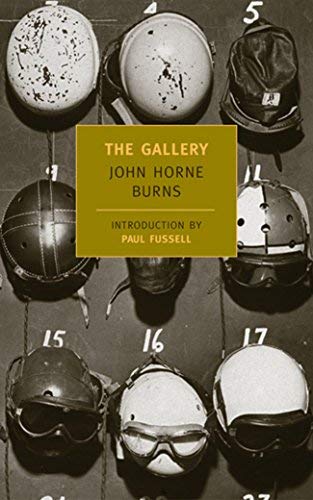Book of a Lifetime: ‘The Gallery’ by John Horne Burns
From The Independent archive: Ian Thomson on ‘The Gallery’ by John Horne Burns

John Horne Burns, born in 1916 in Massachusetts, wrote one of the finest American novels about the Second World War. The Gallery sold half a million copies on publication in 1947, but Burns, an alcoholic, was unable to cope with the success. Six years later, in 1953, he died at the bar of the Excelsior Hotel in Florence after his first brandy of the day. He was 37.
The Gallery unfolds in shell-pocked Naples, where Burns served as a military intelligence officer during the summer of 1944. In the tangled wreckage of the Allied-occupied city he saw the moral and material ruins of fascism, yet formed a romantic vision of Italy, which he contrasted with the moral bankruptcy (as he came to see it) of American culture.
Naples changed his life, and The Gallery was intended, in part, as semi-autobiography. The novel takes its title from the Galleria Umberto, a Victorian-era arcade in Naples. For the nine months that Burns was stationed in Naples, the Galleria functioned as a hive of black market activity, as well as a sexual trysting place. The Allied bombings had collapsed the skylight, but beneath its shattered dome the author noted all Neapolitan life, from the card sharps and prostitutes to the barefoot scugnizzi (ragamuffins) who filched cash and rations.

Throughout, Burns is a “promenading narrator”, who creates his own gallery of characters as he reflects on his war-shattered nerves and gradual loss of innocence. Among the book’s nine characters is a handsome if delusional GI named Hal, who believes he is Jesus Christ, and Louella, an Italian Red Cross volunteer whose moth-eaten gentility is assailed on all sides by the wolf-whistling of US servicemen and lubricious Neapolitans. For all the comedy, we feel sympathy for Louella, who is presented with a satirist’s eye for human failing. With her maternal affection for wounded soldiers, indeed, she is portrayed as a cross between Florence Nightingale and Tennessee Williams’ Blanche DuBois. As with so many characters in The Gallery, she chooses to forget the horrors of war through alcohol: voluntary sedation with vermouth and pills. Spliced into these portraits are grave authorial reflections on Mussolini and the dawning of uncomfortable truths about America: “After a little while in Naples I found out that America was a country like any other, except that she had more material wealth and more advanced plumbing.”
Like Ernest Hemingway before him, Burns created for his generation a less heroic image of wartime America; Italy, by contrast, emerges as a haven for the lonely and those stranded in the backwash of the conflict. The Gallery endures because of its documentary authenticity and magnificent prose, by turns lyrical and vernacular. It is a book to which I often return, because all life is in its burning pages.



Join our commenting forum
Join thought-provoking conversations, follow other Independent readers and see their replies
Comments